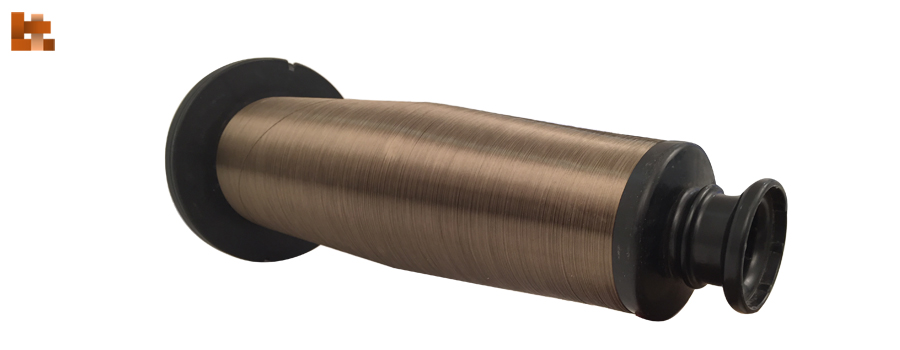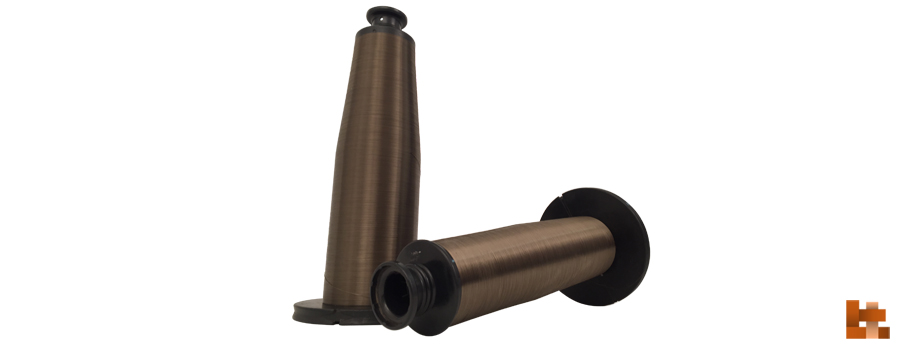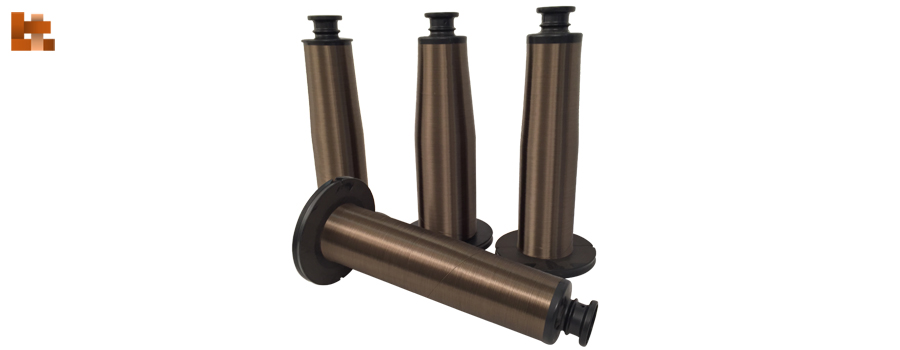Twisted Yarns
For further textile processing into different types of fabrics, tapes, ropes, sleeves, etc.
General Description:
Yarn is a long continuous length of interlocked fibers, suitable for use in the production of textiles, sewing, crocheting, knitting, weaving, embroidery and rope making. The primary cakes are rewound by means of special equipment using a certain predetermined twist direction and number of twists per meter. Yarns twisted in one direction are called single yarns, and those twisted to the right and left are called S-twist yarn and Z-twist yarn respectively. Several single yarns twisted together are called plied or balanced yarns. Single and plied yarns are used selectively according to purpose.
Twist and Ply:
S-twist and Z-twist yarns are the direction in which the yarn is spun is called twist. Yarns are characterized as S-twist or Z-twist according to the direction of spinning. Tightness of twist is measured in TPI (twists per inch or turns per inch). In Europe more common measurement is number of twists per 1 meter.

The Twist Two-Fold Effect:
- The twist increases cohesion between the fibers by increasing the lateral pressure in the yarn, thus giving enough strength to the yarn;
- Twist increases the helical angle of fibers. Due to the above effects, as the twist increases, the yarn strength increases up to a certain level, beyond which the increase in twist actually decreases the strength of staple yarn.
The continuous filament yarn also requires a small amount of twist in order to avoid the fraying of filaments and to increase abrasion resistance. However, twisting the continuous filament yarn reduces the strength of the yarn. Yarn is often ply-twisted in a direction opposite to a single yarn twist to improve evenness, strength, elongation, bulkiness, luster and abrasion resistance, and to reduce twist liveliness, hairiness and variation in strength.
Twisted yarn can be made of two, three, four, or more plies, or may be used as singles without plying.
Download Data Sheet
| Download Twisted Yarns Technical Data Sheet in .PDF: |  |
| Download Twisted Yarns Material Safety Data Sheet - MSDS in .PDF: |  |
| Download our Basalt Continuous Filaments Sizing List in .PDF: |  |





Contact Us